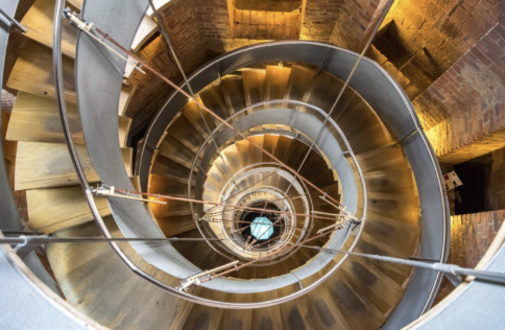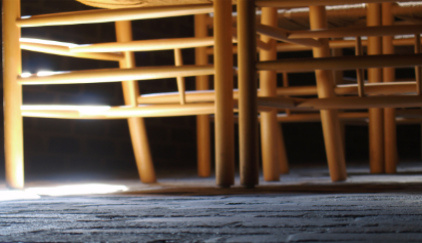Lectures
Summary of current events
- Like a Rolling Stone - the music of the sixties 1965 - 1969 By Steve King - Wed 10th December 2025
- Banksy - Fraud or Genius By Pepe Martinez - Wed 14th January 2026
- Alchemy and Adventure: a history of exotic colours and poisonous pigments By Lynne Gibson - Wed 11th February 2026
- The Wallace Collection Rembrandts: from 12 to 1 but now 3 and two halves By Stephen Duffy - Wed 11th March 2026
- Opium: Greed, Seduction, Art By Amanda Herries - Wed 8th April 2026
- Scandinavian Modern - Behind the Scenes By James Vaux - Wed 13th May 2026
- Charles Rennie Macintosh By Rosalind Whyte - Wed 10th June 2026
Like a Rolling Stone - the music of the sixties 1965 - 1969
Wed 10th December 2025
10:30 am and 12:30 pm
By: Steve King
Steve is an engaging public speaker and has produced a series of highly entertaining lectures based on his extensive knowledge of popular music, and his experiences in the radio business. In 1965 British music dominated the charts on both sides of the Atlantic and the Beatles were blazing a trail across the world. However, in America, the civil rights and anti-war movements were gaining momentum influencing a new breed of writers and musicians; electric folk was born, and album sales started to increase exponentially. This is the story of the second half of the sixties featuring the music of the Beatles, The Rollings Stones and Bob Dylan.
Steve King has spent 35 years working in the radio industry as a Broadcaster, Programmer and Events Director. He has managed some of the biggest radio brands in the UK and has interviewed and worked with many well-known popular music artists. He has also directed over 50 multi-artist events at venues including the Royal Albert Hall, London Palladium and Manchester Arena.
Members may remember that he previously lectured to us in December 2023 on "She Loves You - music of the 1960s".

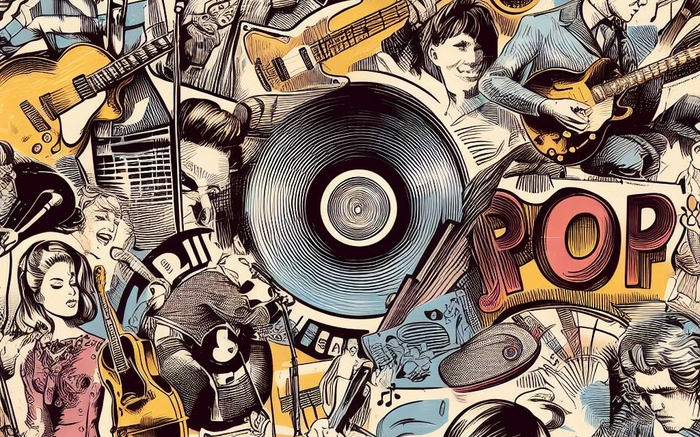
Banksy - Fraud or Genius
Wed 14th January 2026
10:30 am and 12:30 pm
By: Pepe Martinez
The lecture will trace the story of Banksy’s humble beginnings as a tagger on the streets of Bristol in the 1980’s to one of the most recognisable names in the art world. We will examine the reasons behind his incredible rise, looking at some of his famous stunts and discuss what his influence has been on the art market today and look at what his legacy, if any, might be.
Pepe qualified as a London blue badge tourist guide in 2011. Since then he has specialised in the graffiti and street art of East London. Prior to qualifying, he was a tour manager for 15 years, travelling extensively, all over the world.
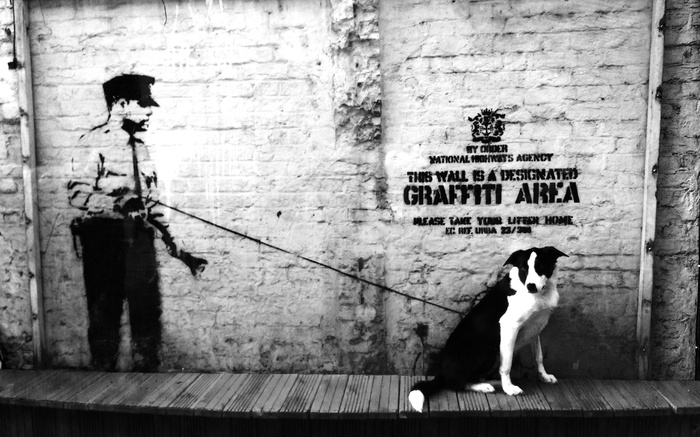
Alchemy and Adventure: a history of exotic colours and poisonous pigments
Wed 11th February 2026
10:30 am and 12:30 pm
By: Lynne Gibson
It easy to take colour for granted in our man-made world. But before organic chemistry the most desirable pigments were often rare, exotic or poisonous.
Merchants supplied cochineal ‘grana’ from the holds of Spanish galleons, pungent golden nuggets from India and lapis rock carried by camel train from the mountains of Badakhshan.
Alchemists prepared deadly King’s Yellow, mysterious Vitriol of Venus and Moorish Gold concocted from basilisk powder and human blood.
Small wonder artists kept their paint recipes closely guarded in Books of Secrets.
This lecture tells the stories of alchemy and adventure behind some our most beautiful and colourful paintings.
Lynne is an independent art historian lectures for the National Trust and the Art Fund as well as art galleries and universities. She enjoys art in its stylistic, historical and social context and finds this less limited than the concentional route of periods and artist's oeuvres. She has also worked as an etcher and as a painter in oils.
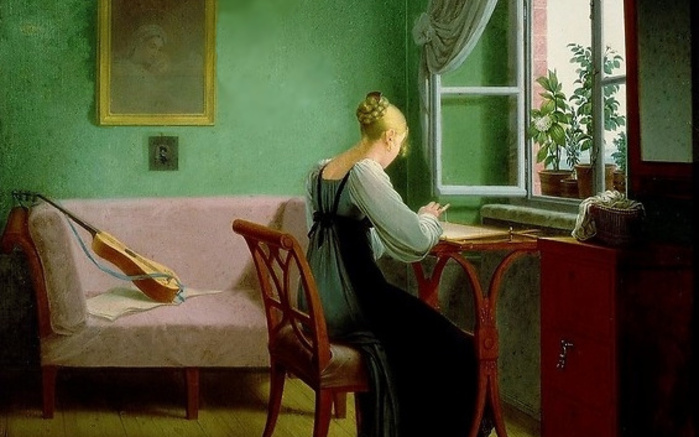
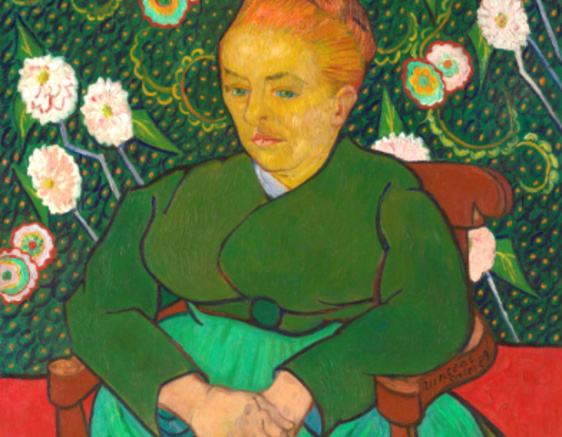
The Wallace Collection Rembrandts: from 12 to 1 but now 3 and two halves
Wed 11th March 2026
10:30 am and 12:30 pm
By: Stephen Duffy
When the Wallace Collection was bequeathed to the British nation in 1897 it was believed that it contained twelve paintings by Rembrandt. In the following decades, however, most of these paintings were re-attributed to other artists, to the extent that by 1992, when the last full catalogue of the Collection’s Dutch paintings was published, it was thought that there was only one genuine work by Rembrandt - the wonderful portrait of the artist’s son Titus. Since then further work on four of the other paintings has suggested that they are also wholly or partly by the master. This talk tells the fascinating story of how connoisseurship changes and the impact this has on how we look at works of art.
Educated at New College, Oxford, and formerly Senior Curator of the Wallace Collection where he had particular responsibility for exhibitions and nineteenth-century paintings, Stephen has given countless tours of the Collection for visiting groups and many lectures on its art and other related subjects. His latest publication, The Discovery of Paris, is a book on early nineteenth-century watercolour views of Paris by major British artists.
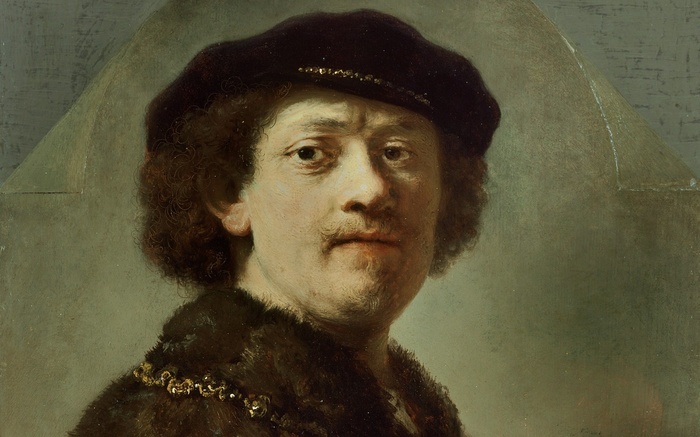
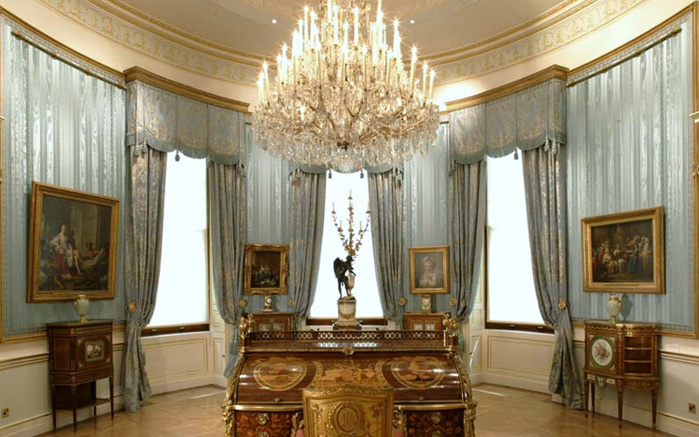
Opium: Greed, Seduction, Art
Wed 8th April 2026
10:30 am and 12:30 pm
By: Amanda Herries
The source of the stuff of dreams, the poppy is a beautiful, fragile flower with immense power. Opium (from the greek ‘opion’ – poppy juice) is a hypnotic bringer of sleep, delightful lethargy and relief from pain. It is also highly addictive.
Greed led to the introduction of this hugely desirable substance first to China, and then to Europe. The beguiling seduction of its effects led to its use to quieten troubled minds and calm agitated children and babies. Its use – often by those with troubled minds – led to the creation of great works of art in music, art and literature. Social and art history meet as this lecture unfolds.
Amanda read Archaeology & Anthropology at Cambridge and became a Curator at Museum of London specialising in the decorative arts 1718 to present day, exhibitions, lectures, booklets, broadcasts. From 1988 she moved with family to Japan, lecturing and writing on Oriental / Western cross-cultural and artistic influences. In 1995 she returned to the UK; fundraising for arts companies, writing, lecturing and guiding tours to Japan. Her most recent publications are on Japanese plant and garden influences in the West.
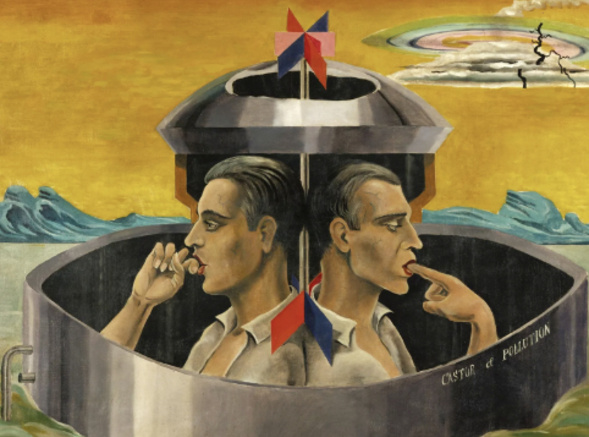
Charles Rennie Macintosh
Wed 10th June 2026
10:30 am and 12:30 pm
By: Rosalind Whyte
Scottish architect, designer and artist Charles Rennie Mackintosh is now a well-known name and a major draw for the tourist industry in Glasgow, with several of his buildings still existing, as well as his designs for Tea Rooms. However, his work was not always so well received and, following some early success, which included his architectural masterpiece, the Glasgow School of Art, his prospects floundered. His work was increasingly unfashionable as Glasgow turned to Neoclassicism and he found himself struggling to secure commissions. In this lecture we track him from that early success in his native Glasgow, through the years of doubt and struggle, ultimately to the South of France where he enjoyed the last few years of his life travelling with his wife and collaborator, Margaret, and reinvented himself as a water colour painter. With a wonderful array of beautifully designed buildings, furniture and interiors to enjoy along the way, we explore how such early promise turne to disappointment and Mackintosh became the archetypal misunderstood artist.
Rosalind is an experienced guide for Tate Britain, Tate Modern, the Royal Academy and Greenwich. She lectures at the Tate, to independent arts societies and on cruises, and leads art appreciation holidays.
